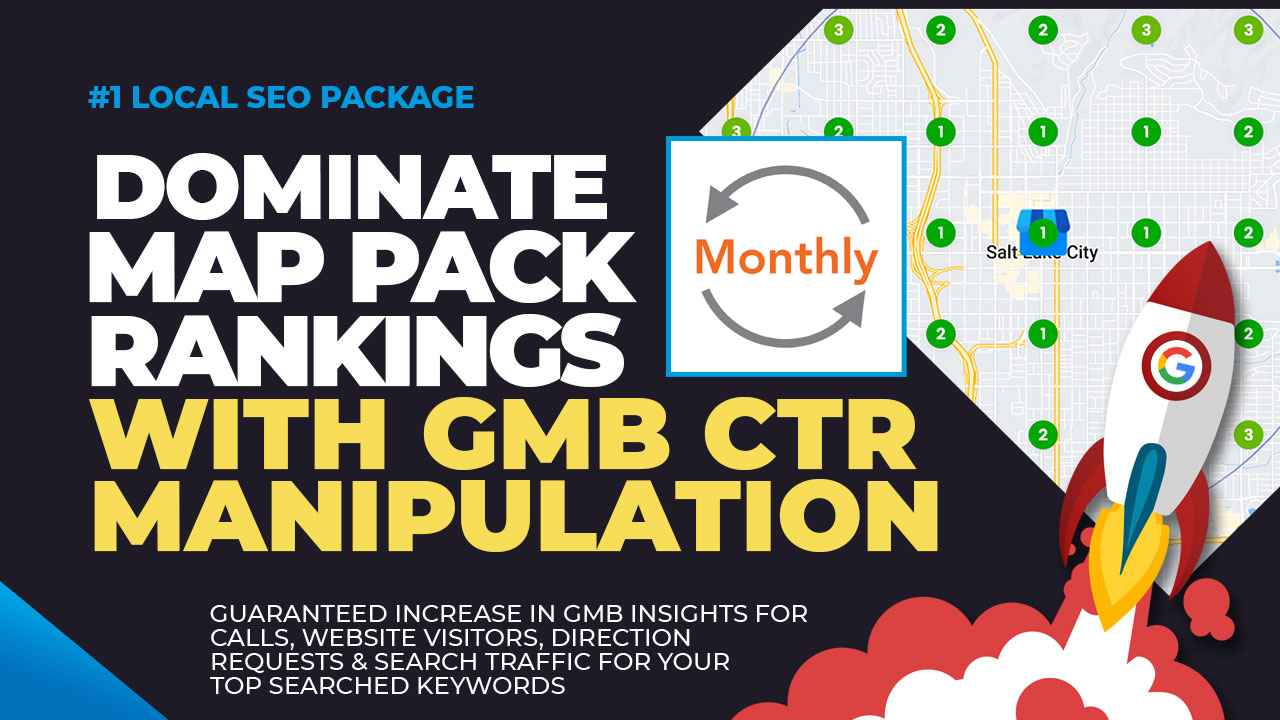Supercharge Your Link Building Initiatives with LinkDaddy CTR Manipulation Experience
Supercharge Your Link Building Initiatives with LinkDaddy CTR Manipulation Experience
Blog Article
Maximizing Organic Click-Through Fees With CTR Control
The optimization of organic click-through prices (CTR) is a nuanced endeavor that pivots on understanding both individual psychology and efficient web content presentation. The landscape is rife with misconceptions and oversimplifications about what absolutely drives CTR.
Recognizing Click-Through Rates
Recognizing click-through prices (CTR) is vital for reviewing the performance of on-line marketing techniques. CTR gauges the percentage of users that click on a certain web link or advertisement compared to the complete variety of individuals who watch it. A greater CTR shows that the web content is engaging and relevant to the target audience, while a reduced CTR may indicate a requirement for optimization.
To compute CTR, divide the variety of clicks by the variety of impacts and increase by 100. For circumstances, if an advertisement obtains 300 clicks out of 10,000 perceptions, the CTR would be 3%. This metric is crucial for examining numerous components of electronic marketing, consisting of search engine optimization (SEARCH ENGINE OPTIMIZATION), e-mail campaigns, and social media sites advertising.
Additionally, assessing CTR helps marketers determine which methods generate the most effective outcomes and which need refinement. By focusing on improving CTR, businesses can boost their web content's visibility and effectiveness, resulting in raised website traffic and prospective conversions. Comprehending the subtleties of CTR is foundational for any kind of marketing expert intending to enhance their on the internet presence and take full advantage of return on investment (ROI)
The Psychology of Customer Actions
Individual habits is considerably influenced by emotional elements that dictate exactly how people interact with on-line material. Comprehending these elements is vital for maximizing click-through rates (CTR) in natural search engine result. Cognitive prejudices, such as the anchoring effect, play an important duty in forming customers' perceptions. When individuals run into info, their first impressions can heavily influence their subsequent judgments regarding importance and trustworthiness.
Psychological feedbacks likewise significantly influence individual habits. Material that resonates psychologically can activate a sense of seriousness or inquisitiveness, triggering individuals to click. In addition, social evidence-- such as individual reviews or scores-- can boost count on and motivate engagement, as individuals commonly seek to the actions of others to educate their own choices.
In addition, the concept of deficiency can drive clicks - CTR Manipulation. Limited-time offers or special material create an anxiety of losing out (FOMO), compelling customers to act swiftly. Recognizing these psychological drivers allows marketing professionals to produce more compelling content that reverberates with their target market
Reliable CTR Control Methods
Leveraging emotional insights can substantially enhance click-through rates (CTR) with targeted manipulation methods. One of the most efficient techniques is the use of engaging headlines that stimulate curiosity or urgency. Phrasing titles as concerns or integrating numbers can bring in even more attention, motivating users to click.
Another method includes optimizing meta summaries to produce a sense of importance and immediacy. By clearly laying out the options or benefits provided in the web content, you can engage potential viewers and encourage them to click. In addition, using power words-- such as "exclusive," "verified," or "complimentary"-- can enhance the allure of your material.
Visual components Read Full Article likewise play a critical function. Incorporating distinctive images or thumbnails can attract users in and boost CTR. A/B screening different visuals can help determine which photos resonate ideal with your target market.
Last but not least, ensuring that your material assures deliverable value causes greater CTR. When users regard that clicking will certainly give them with significant understandings or solutions, they are most likely to engage. By using these strategies attentively, marketing experts can effectively manipulate CTR to their benefit while maintaining ethical standards.
Typical Myths Regarding CTR
Numerous misconceptions surround click-through rates (CTR) that can lead marketing professionals to make misdirected choices. While a high CTR suggests that more individuals are clicking, it does not ensure conversions or sales.
One more common belief is that CTR is a separated metric. In reality, CTR needs to be examined along with various other performance indications, such as bounce price and conversion price, to gain an all natural view of project success.
Furthermore, some online marketers think that optimizing for CTR alone suffices. Concentrating exclusively on CTR can lead to clickbait methods that may attract clicks yet stop working to involve users meaningfully. CTR Manipulation Service. This approach can harm brand name online reputation and result in lower retention prices
Lastly, there is a concept that CTR techniques are globally reliable. The reality is that optimal CTR tactics can vary dramatically throughout sectors and target market, necessitating customized strategies for different market segments. Recognizing these misconceptions is important for developing reliable CTR techniques that line up with overarching marketing goals.
Gauging CTR Success
Although high click-through rates (CTR) can indicate effective interaction with content, determining their true success needs a detailed evaluation of numerous factors. Initially, it is necessary to recognize the context in which the CTR is attained. A high CTR on a deceptive title might not equate to significant interaction or conversions, inevitably showing badly on the brand name's integrity.
Second, assessing the source of website traffic is crucial. Organic web traffic from search engines can indicate a robust content approach, while clicks from pointless sources might suggest an absence of targeting. Furthermore, measuring the subsequent user actions is crucial; examining metrics such as bounce rate, time invested in web page, and conversion prices can give deeper understandings into the quality of the interaction initiated by the CTR.

Conclusion

The optimization of natural click now click-through rates (CTR) is a nuanced venture that pivots on comprehending both customer psychology and reliable content discussion. CTR determines the percent of customers who click on a certain web link or ad compared to the complete number of customers who watch it. A higher CTR suggests that the content is engaging and appropriate to the target audience, while a reduced CTR may signify a requirement for optimization.
Concentrating specifically on CTR can lead to clickbait techniques that may bring in clicks but fail to engage individuals meaningfully. In addition, determining the succeeding customer actions is important; analyzing metrics such as bounce price, time invested on web page, and conversion rates can give deeper understandings into the top quality of the interaction initiated by the visit this website CTR.
Report this page